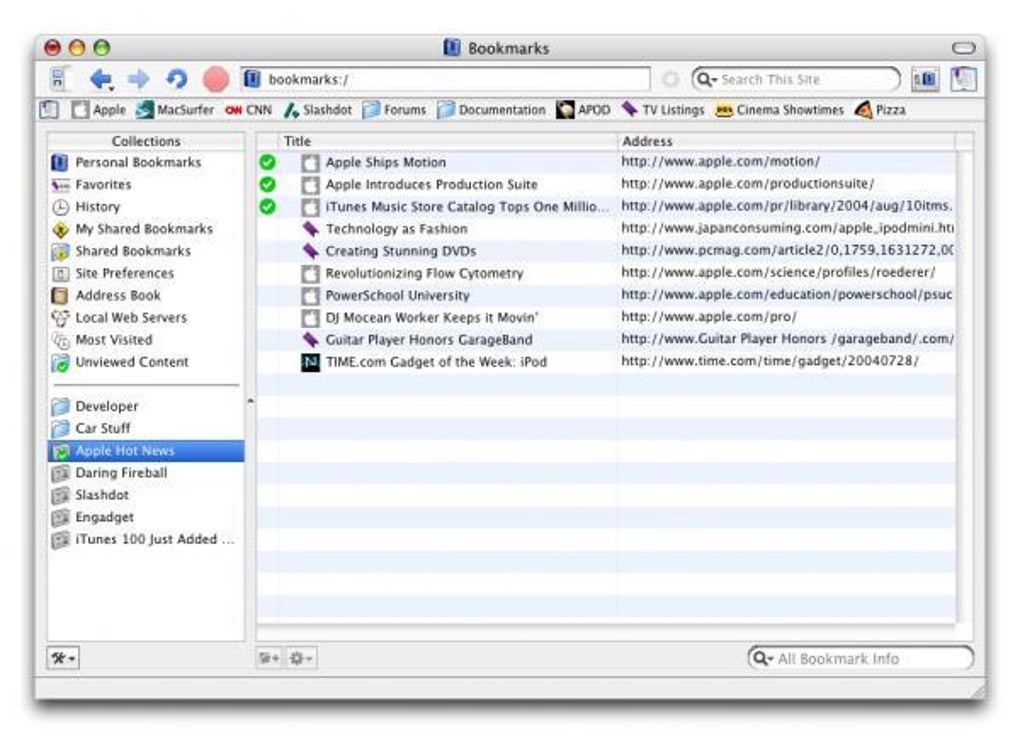
The result identifies the rank of driving parameters based on their maximum values in the correlation and information transfer analysis.

The results indicate that the information transfer from solar wind and IMF parameters into multi‐MeV electrons flux is dependent on the kind of driving parameter, range of L‐shell, and energy of electrons. The Van Allen Probes mission measurements of multi‐MeV (3.4–6.3 MeV) electrons flux data in the period from Januto Decemhave been used. This study attempts to characterize the causality and timing of the solar wind and IMF parameter activities on the outer radiation belt environment based on three tools: time shifted cross correlation, mutual information, and transfer entropy statistical analysis. The Earth's outer radiation belt is highly dynamic and the variations of multi‐MeV electrons flux in the region depend on solar wind and interplanetary magnetic field (IMF) parameters. Quantitative analysis of refereed publications from these CubeSat missions and several larger missions reveals that mission outcome metrics compare favorably when publication number is normalized by mission cost or if expressed as a weighted net scientific impact of all mission publications. We conclude that these missions were successful in part because their limited resources promoted not only mission focus but also appropriate risk-taking for comparatively high science return. In this paper, we describe recent achievements and lessons learned from a representative selection of successful CubeSat missions with a space weather focus.

Several projects now have used CubeSats to obtain first-of-their-kind observations and findings that have formed the basis for high-profile engineering and science publications, thereby establishing without doubt the scientific value and broad utility of CubeSats.
/https://i2.wp.com/beebom.com/wp-content/uploads/2016/01/OmniWeb.jpg)
However, the last decade has seen the highly successful implementation of space missions that make creative and innovative use of fast-advancing CubeSat and small satellite technology to carry out important science experiments and missions. When the first CubeSats were launched nearly two decades ago, few people believed that the miniature satellites would likely prove to be a useful scientific tool.


 0 kommentar(er)
0 kommentar(er)
